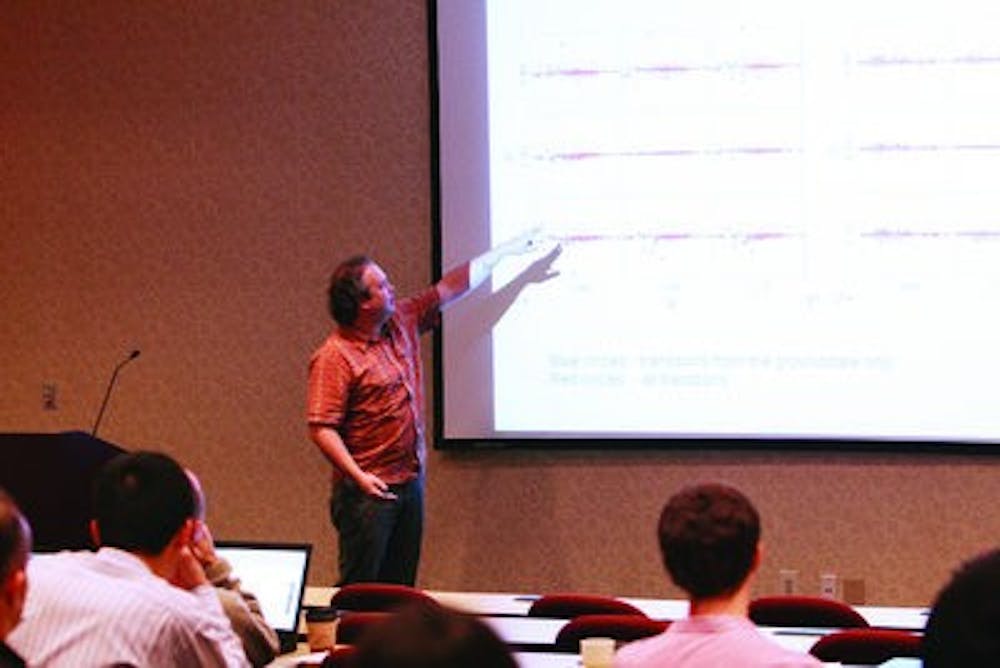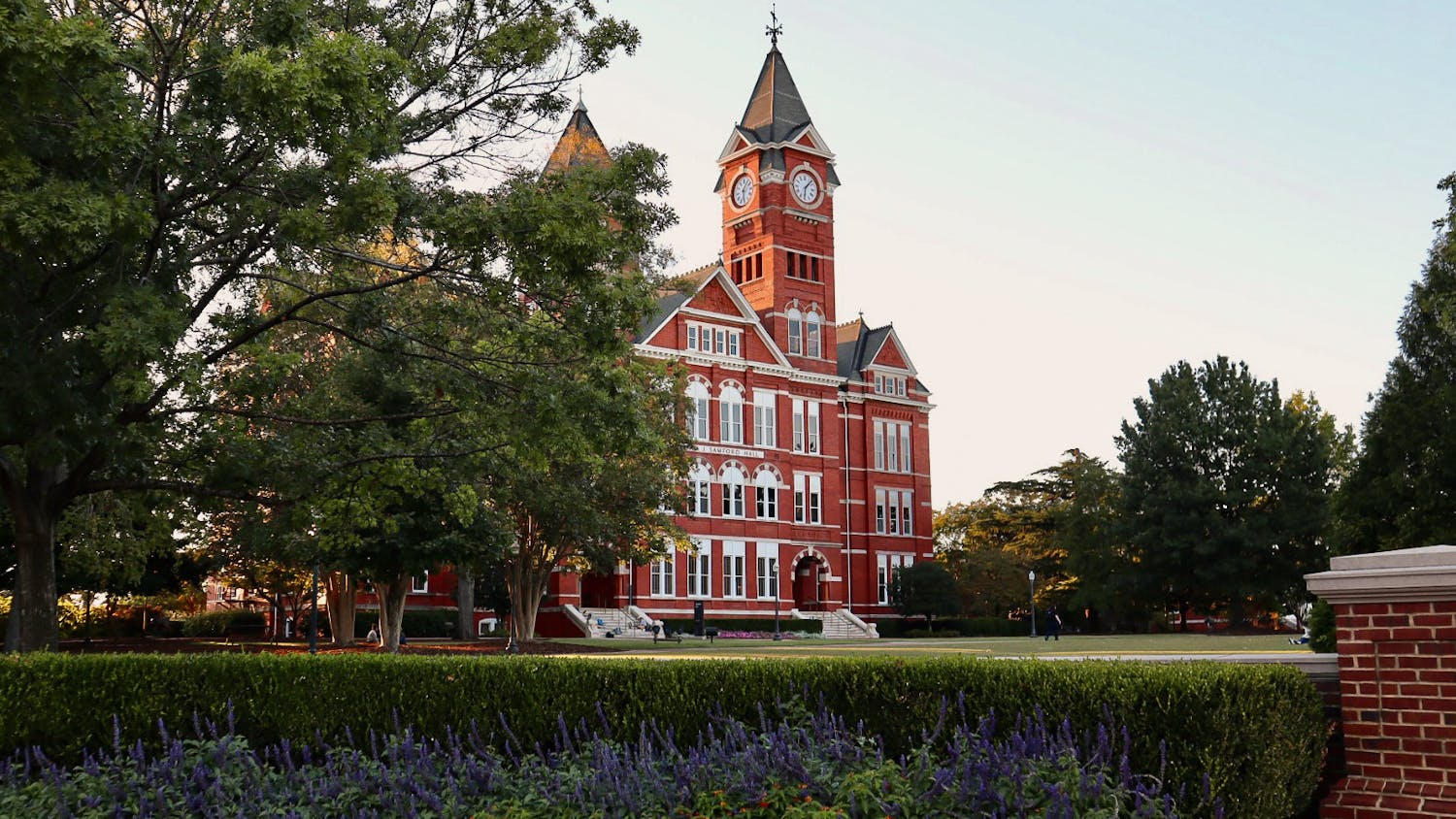The Atomic Data and Analysis Structure, a European group that has worked for the last 15 years on making nuclear fusion a valid source of energy, held its first workshop in the United States Oct. 6-8 at the Auburn University Hotel.
"It's a historically European thing, but there are more Americans becoming involved," said physics professor Stuart Loch. "It's getting bigger."
Martin O'Mullane, the current head of ADAS, said in order to expand the organization they are reaching out to universities beyond Europe and the U.S.
"All the major European universities have joined, and we have an increasing membership in the Far East and Japan, India and China," O'Mullane said.
Auburn was the first American university to join ADAS, and the history of cooperation between them was one reason the workshop was held here.
"The Americans have never really been much in it, but over the last two years they've expressed more interest," said physics professor Mitch Piudzola. "I think Auburn for many years was the only participant that worked beside Europe."
Both Piudzola and Loch have connections to ADAS. Loch worked under its founder at the University of Strathclyde in Scotland.
"My supervisor started this project, so after I finished my research with him I came over here as a researcher, but I kept a connection back to Scotland," Loch said. "When they needed a place to hold the workshop I volunteered Auburn."
The workshop was made to bring researchers together to work toward the International Thermonuclear Experimental Reactor, a large-scale nuclear fusion reactor.
Some of the research presented even came from two Auburn graduate students, Di Wu and Josh Vander Hyden.
Piudzola said the focus of ADAS and the specialties of Auburn's physics department are closely related, a reason for Auburn's early membership.
"Physics departments are spread over many different disciplines, and they all have their expertise," Piudzola said. "Auburn's strength has been in plasmic physics and the atomic physics associated with nuclear fusion."
Other American universities, including Princeton and the University of Wisconsin, are contributing research as well. The fees paid by member universities are key to the project's continuation.
"Each of these university sites has a yearly fee, which makes it a self-sustaining organization," O'Mullane said.
Loch made sure to differentiate nuclear fusion from fission, a more dangerous and less environmentally friendly process.
"What the experiment tries to do is the same reaction as the sun does," Loch said. "If you can make it, you have an energy source that doesn't make greenhouse gases, it's not radioactive and it runs on hydrogen, which you get from water."
Do you like this story? The Plainsman doesn't accept money from tuition or student fees, and we don't charge a subscription fee. But you can donate to support The Plainsman.





